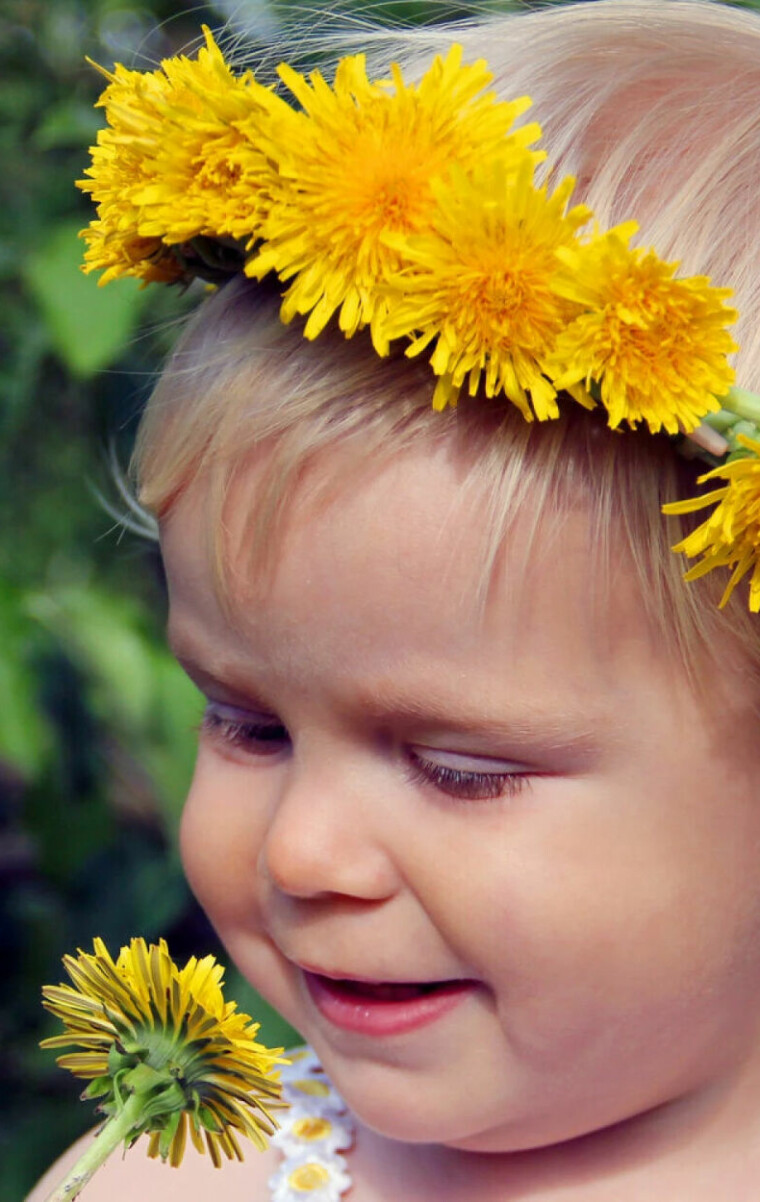
Children love dandelions.
They weave flower wreaths, snap off the flower heads, and blow away the seeds.
But there are several reasons why the yellow flowers are special.
You don't have to be a child to be fascinated by dandelions
The flower that has conquered the whole world has many amazing properties, according to an expert on weeds.
“Most
people have fond memories of dandelions from their childhood,” Wiktoria
Kaczmarek-Derda tells sciencenorway.no.
She is a research scientist focused on weed biology and weed management at the Norwegian Institute of Bioeconomy Research (NIBIO). She is used to seeing dandelions as troublesome weeds in lawns and where we cultivate food.
But when she thinks back to her childhood in Poland, she remembers competitions where the goal was to be the first to blow away all the seeds. And her mother's dandelion syrup.
“It was very sweet,” the researcher recalls.
Can withstand wet, dry, hot, or cold conditions
Now Kaczmarek-Derda lives in Norway and does research on how to best get rid of weeds. But she has no doubt that the yellow flower is an impressive plant.
“Dandelions reproduce quickly and are really good at tolerating various climatic conditions, so that’s why they are spread in very large parts of the world,” she says. “They can tolerate different temperatures, drought, and more humid conditions. They can grow in good light conditions and in the shade.”
In Scandinavia alone, there are about 400 different species.
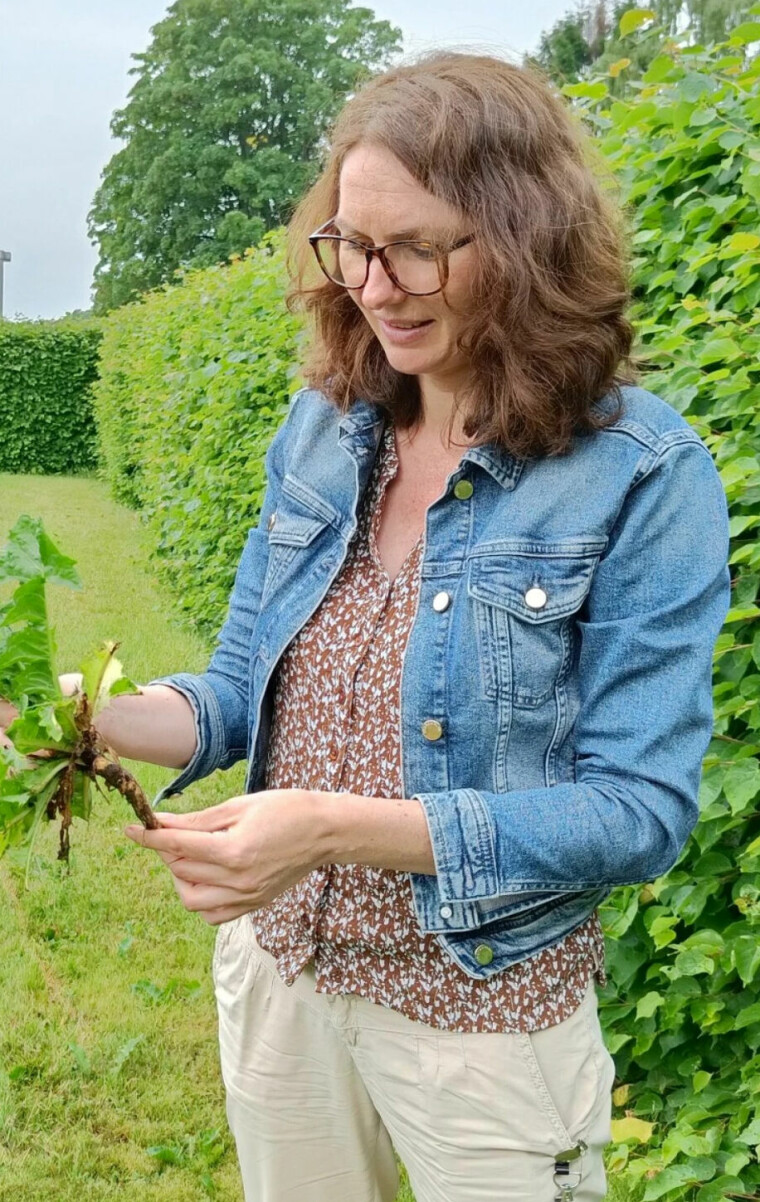
And there are several reasons why the yellow flower thrives in so many places, the NIBIO researcher explains.
Firstly, its powerful root goes deeper into the ground than other plants.
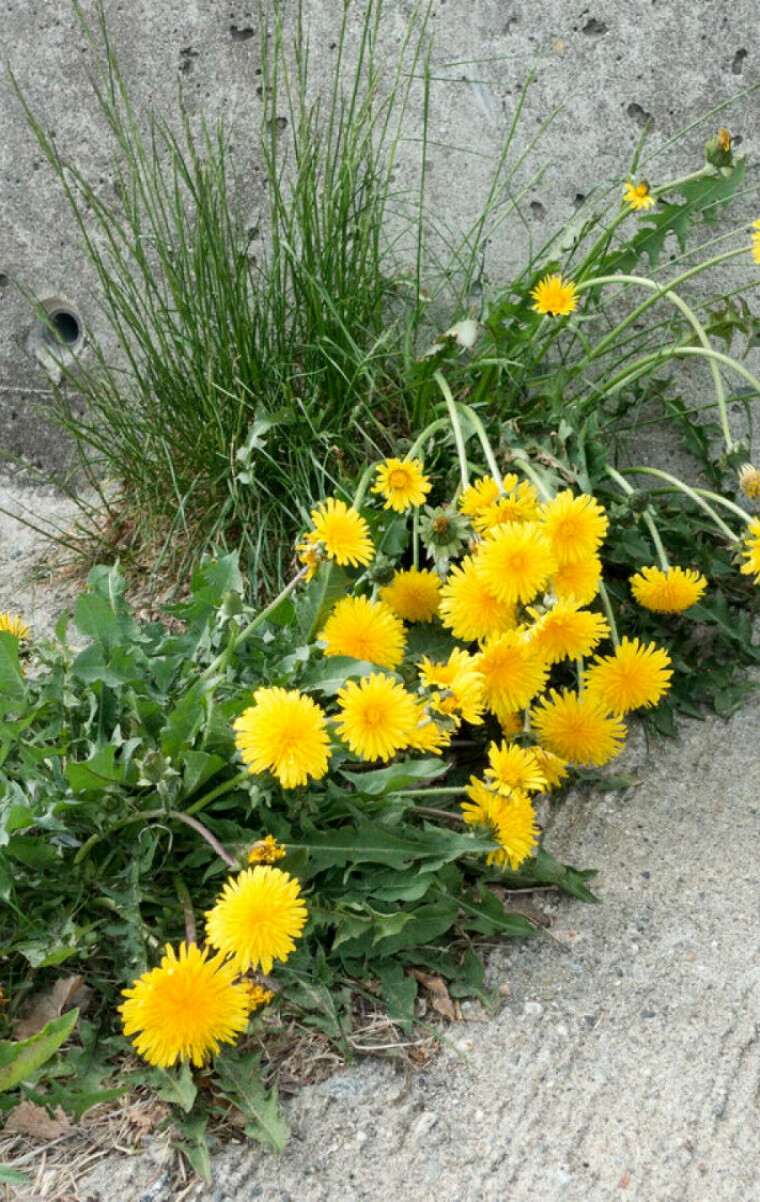
This means the flower can draw nutrients and water from deep in the soil.
“Other plants have to wait for favourable growth conditions, while dandelions do well under difficult conditions,” Kaczmarek-Derda says.
Clones itself
Another advantage is that dandelions do not depend on bees and other insects for reproduction.
Dandelions are usually asexual.
This means that the seeds contain the same DNA as the parent plant. In other words, dandelions clone themselves.
This allows the plant to bloom early in spring and at high altitudes.

At the same time, dandelions are rarely found in the forest. They thrive best where humans have influenced the landscape, such as meadows or gardens, roadside ditches, and railway embankments.
But the bright yellow flower has not always been considered a weed.
Dandelions have existed in Norway for 10,000 years. It was only 5,000 years ago, according to the Plant Protection Encyclopedia (link in Norwegian), that dandelions became weeds.
That is when we started cultivating different crops, and unwanted plants invaded the crops.
Flying apparatus
Dandelions are especially good at spreading to new places.
The first reason is something all children can guess.
The seeds are attached to a small flying apparatus.
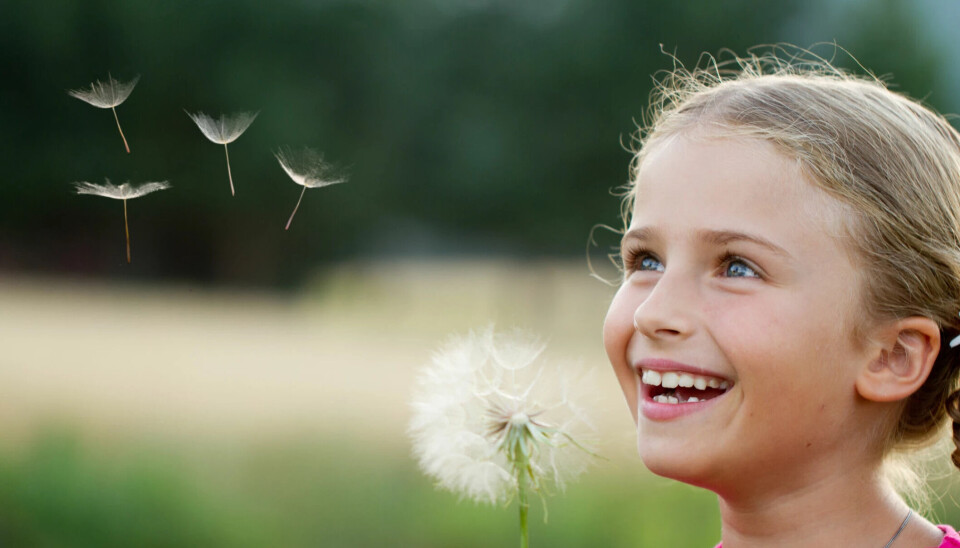
This allows the seeds to be carried by the wind and give rise to a new plant far away from the flower they originate from.
But dandelions have more tricks up their sleeve.
Blooms and sets seeds before you can mow the lawn
“A fantastic characteristic of dandelions is that they take a very short time from flowering to setting seeds,” Kaczmarek-Derda says.
This means that they can reproduce before the grass has even begun to grow properly.
And mowing the lawn doesn't help much.
Even if you cut off the flowers, they manage to shoot up again and produce new floating seeds before you are ready for the next lawn mowing.
You might have to learn to like dandelions
If you really want to get rid of dandelions, you have to remove the entire root.
Even a small part of the root is enough to create a new plant.
But the NIBIO researcher has a simpler tip to keep the plant in check. If you pick off the yellow heads, they will at least not produce more seeds.
Alternatively, you have to learn to like dandelions, she points out.
Humans have determined what a weed is
In any case, the fact that some plants are considered weeds is something that humans have decided.
“The definition of a weed is that it is a plant that grows in the wrong place. In one place, we see it as a harmful plant, but in another place, it may not be,” Kaczmarek-Derda says.
For example, dandelion leaves can be used in salads or to make juice or wine.
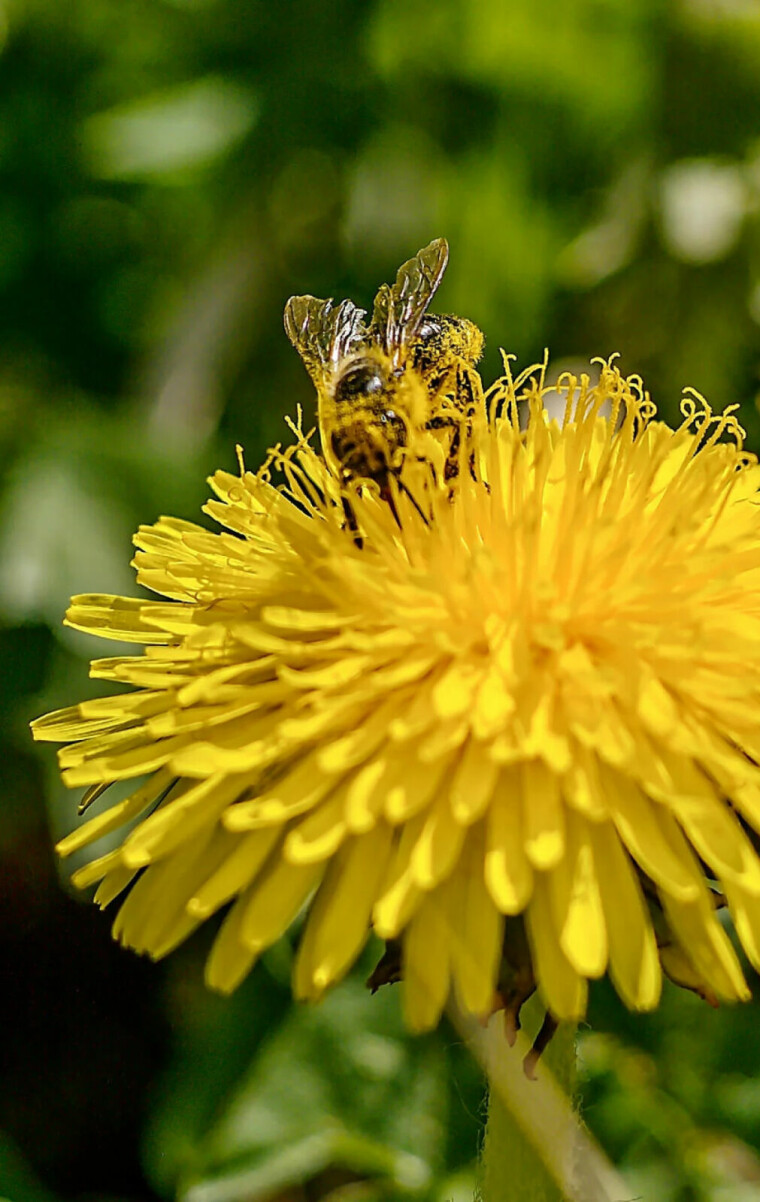
Dandelions are also good for bees, wasps, and other insects.
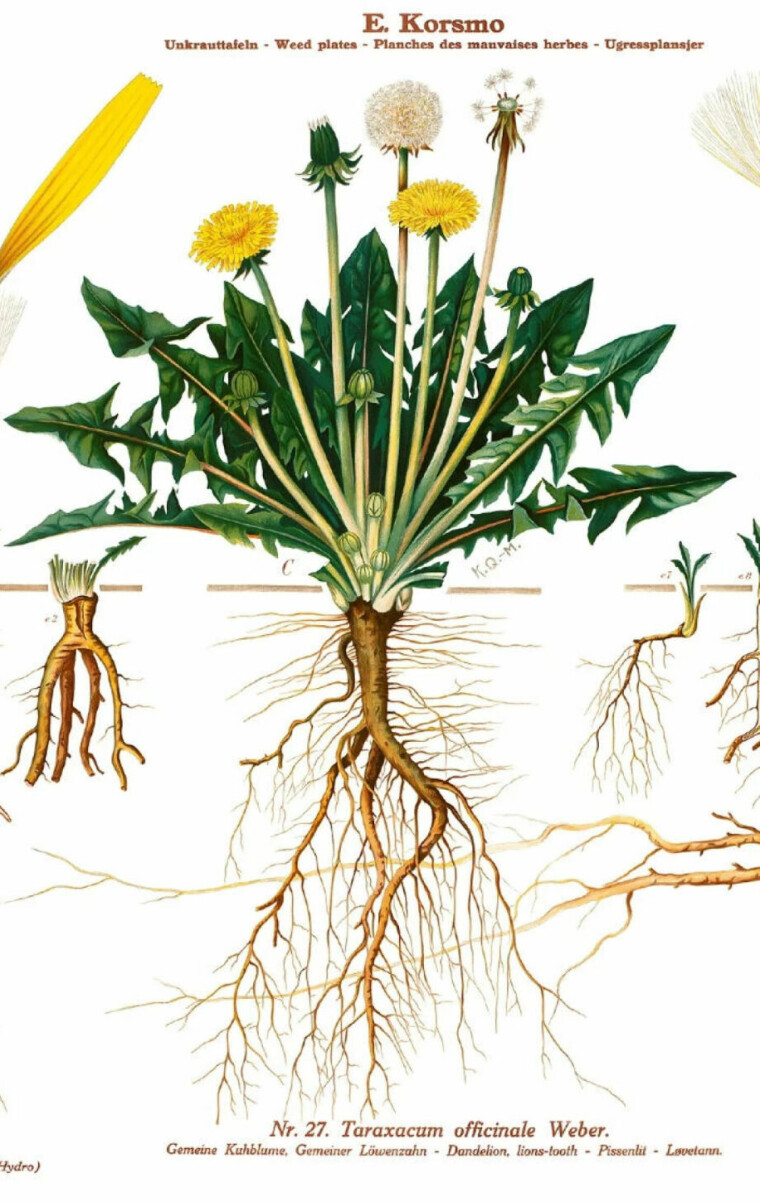
The deep roots of dandelions can also help other plants.
The nutrients they draw up can, for example, be used by grass, which has shorter roots.
As long as there are only a few dandelions.
Photos:
Child with flower crown: Anastasia Tveretinova / Shutterstock / NTB
Wiktoria Kaczmarek-Derda: Carl Emil Øyri
Dandelion in concrete: Gorm Kallestad / NTB
Dandelion with wasp: Dolezal Vojtech / Shutterstock / NTB
Illustration of dandelion: Emil Korsmo, reproduced with permission from NIBIO, which manages the rights to Korsmo's weed posters.
———
Translated by Alette Bjordal Gjellesvik.
Read the Norwegian version of this article on forskning.no



































